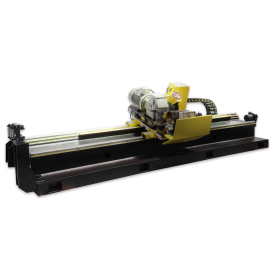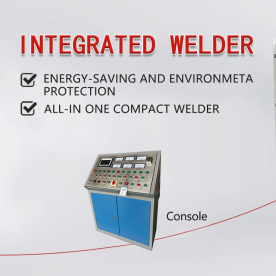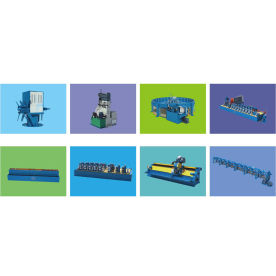[Variable Impedor Device]Understanding the Functionality and Applications of Variable Impedor Devices in Modern Electronics and Electrical Engineering
News 2024-12-5
In today's rapidly advancing world of electronics and electrical engineering, the pursuit of efficiency, adaptability, and precision has never been more paramount. Central to this pursuit is the Variable Impedor Device (VID), a sophisticated tool engineered to achieve versatile impedance manipulation in various applications. This article will explore the functionality, design, applications, and benefits of Variable Impedor Devices, highlighting their significance in contemporary technology.

Understanding the Functionality and Applications of Variable Impedor Devices in Modern Electronics and Electrical Engineering
A Variable Impedor Device is an electronic component that allows engineers and designers to alter the impedance within a circuit dynamically. Impedance, a fundamental aspect of electrical circuits, is a measure of opposition that a circuit presents to the passage of alternating current (AC). It is not just resistance; it combines resistance and reactance. By utilizing a VID, designers can fine-tune circuits to achieve desired performance characteristics, enhancing overall system efficiency.
VIDs are particularly vital in systems where load characteristics can vary widely, such as in audio equipment, power amplifiers, and tuning circuits. The ability of a VID to adapt to changing conditions provides a level of control and flexibility that traditional fixed impedance solutions cannot offer.
How Do Variable Impedor Devices Work?
At their core, Variable Impedor Devices utilize various methods to adjust impedance parameters. The primary types include:
1. **Resistive VIDs**: These devices modulate resistance to change overall impedance. They often come in the form of variable resistors or potentiometers that can be adjusted manually or electronically.
2. **Reactive VIDs**: These include components that can vary reactance, such as inductors and capacitors, which may be electronically or mechanically adjusted to influence impedance.
3. **Active VIDs**: By employing operational amplifiers and feedback mechanisms, active VIDs can maintain desired impedance levels despite variations in circuit conditions.
The ability to modify impedance in real time allows engineers to optimize circuit performance under varying operational scenarios, leading to improved signal integrity and performance.
Applications of Variable Impedor Devices
The versatility of Variable Impedor Devices allows them to be employed in numerous fields. Here are some notable applications:
1. **Audio Engineering**: In sound systems, the quality and clarity of audio signals can greatly depend on impedance matching. VIDs are used in equalizers, amplifiers, and tuners to adjust and maintain optimal sound quality.
2. **Telecommunications**: In data transmission systems, impedance mismatches can lead to signal loss and distortion. VIDs help in impedance matching, which is critical for maintaining high-speed data connections and minimizing reflection losses.
3. **Medical Equipment**: In diagnostic and therapeutic devices, accurate impedance measurements can be vital. Variable Impedor Devices enable medical equipment to adapt to varying patient conditions and ensure precise functionality.

Understanding the Functionality and Applications of Variable Impedor Devices in Modern Electronics and Electrical Engineering
5. **Research and Development**: In laboratories, VIDs are used in experimentation setups where variables need to be controlled dynamically. They provide researchers with the tools to study the effects of impedance changes on different systems.
Benefits of Using Variable Impedor Devices
Incorporating Variable Impedor Devices into electronic designs offers several advantages:
- **Enhanced Flexibility**: VIDs provide engineers with the ability to adjust circuit parameters in real-time, leading to better adaptability in rapidly changing environments.

Understanding the Functionality and Applications of Variable Impedor Devices in Modern Electronics and Electrical Engineering
- **Cost-Effectiveness**: While the initial investment in VIDs might be higher than fixed impedance solutions, their adaptability can lead to reduced re-design costs and improved longevity of equipment.
- **Precision Control**: VIDs allow for fine-tuning of circuit characteristics, resulting in superior performance and reliability over time.
Conclusion
As electronic systems continue to grow more complex and integral to everyday life, the role of Variable Impedor Devices becomes increasingly vital. Their ability to adapt impedance across a multitude of applications offers engineers unparalleled control, ultimately leading to more efficient, reliable, and high-performing systems. As technology continues to develop, the ability to manipulate impedance dynamically will undoubtedly open new avenues for innovation and improvement across diverse sectors, solidifying the relevance of Variable Impedor Devices in modern engineering.
